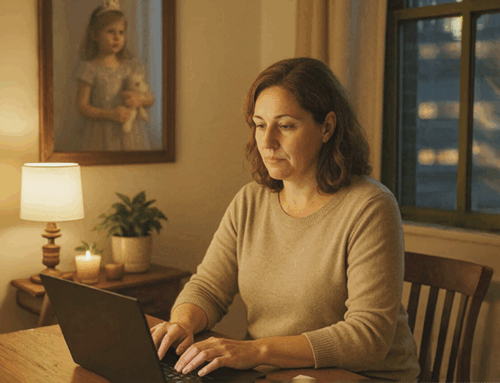The Complex Web of Attachment and Relationships with a Narcissist

By Brenda Stephens, Licensed Professional Clinical Counselor
The Complex Web of Attachment and Relationships with a Narcissist
Relationships are the bedrock of emotional well-being, but what happens when the bedrock is a quagmire, particularly when one is entangled with a narcissist? To understand this dynamic, it’s crucial to delve into the role of attachment—a deep and enduring emotional bond that connects one person to another across time and space.
Understanding Attachment
Attachment theory, pioneered by John Bowlby, explains how early relationships with caregivers form blueprints for future interpersonal relationships. Secure attachment arises from consistency and reliability, leading to adults who generally find it easy to get close to others. Conversely, insecure attachment—be it anxious or avoidant—can result from inconsistent or neglectful caregiving, leading to challenging adult relationships.
The Attraction to a Narcissist
Narcissistic Personality Disorder (NPD) is characterized by a grandiose sense of self-importance, a need for excessive admiration, and a lack of empathy. So, why would anyone with a shaky attachment foundation find themselves drawn to such individuals?
Because of their attachment insecurities, people may be subconsciously attracted to the confidence and charisma that narcissists exude, mistaking it for the security they crave. Narcissists, keen on the vulnerabilities of others, may present themselves as the antidote to insecurity, the paragon of self-assuredness that insecure individuals feel they need.
The Tumultuous Dynamics
Once entangled in the narcissist’s web, the dynamic can exacerbate existing attachment insecurities. A narcissist is often emotionally unavailable and manipulative, engendering an anxious attachment response. For those already inclined to anxious attachment, the narcissist’s hot-and-cold treatment can create an addictive cycle of highs and lows, often mistaken for passion.
For someone with avoidant attachment, a relationship with a narcissist may initially seem manageable, even preferable, since it allows for a type of distant connection. However, the narcissist’s need for domination and validation can increasingly pressure the avoidant partner, compelling them into a closer relationship than they’re comfortable with, thereby triggering an avoidant response.
The Rollercoaster of Reinforcement
Narcissists often use a technique akin to ‘intermittent reinforcement.’ By offering sporadic rewards of affection or attention, they create an unpredictable pattern that can be intensely captivating. This unpredictability can trigger deep-seated anxieties in their partners, keeping them on tenterhooks and always striving to please the narcissist in the hope of a positive response. This behavior has its roots in attachment needs—people yearn for consistent affection, and when it’s doled out unpredictably, the desire for it can become even stronger.
The Self-Fulfilling Prophecy
For those with insecure attachments, a relationship with a narcissist can become a self-fulfilling prophecy. The narcissist’s inability to offer genuine emotional support and empathy confirms the deeply held belief that they are unworthy of love. This reinforcement of inadequacy can deepen the attachment insecurity, making the individual more dependent on the narcissist’s validation.
Breaking Free and Healing
Breaking free from a narcissist requires the acknowledgment of one’s attachment patterns and the roles they play in the relationship dynamics. By recognizing their attachment insecurities, individuals can begin to understand how these patterns might have made the relationship with a narcissist more likely.
Healing involves developing an awareness of one’s own needs and worth outside of the narcissist’s validation. Therapy can be invaluable in this process, particularly with a professional who understands the nuances of attachment theory and NPD. It also often involves relearning what healthy relationships look like and establishing boundaries that prioritize one’s well-being.
The Path Forward
The role of attachment in relationships with a narcissist is a multifaceted ordeal that involves introspection, awareness, and often a painful break from deeply ingrained patterns. Recognizing the dysfunctional attachment dance is a first step towards healing and moving towards healthier, more secure relationships. Even within the grasp of a narcissist’s alluring yet damaging presence, understanding one’s attachment style opens the door to growth and the possibility of secure, reciprocated love.
For those navigating the aftermath of such relationships, remember that while the journey is challenging, it moves towards a horizon filled with the hope of secure attachments and the promise of genuine, empathetic connections.







